The phases of the moon offer a captivating way to track time and witness the dynamic dance of our nearest celestial neighbor. As the moon orbits Earth, it goes through eight distinct phases, transforming its appearance from a brilliant full moon to a faint crescent, and back again. This cyclical pattern not only influences tides and wildlife but also has been a key element in human culture and mythology for millennia.
The Eight Phases of the Moon
The lunar cycle consists of four primary phases and four intermediate phases. The primary phases are the new moon, first quarter, full moon, and last quarter. These phases occur about a week apart, creating a regular rhythm in the night sky.
New Moon
The lunar cycle begins with the new moon, a phase where the moon is positioned between the Earth and the sun. During this phase, the side of the moon facing Earth is not illuminated, making the moon nearly invisible to the naked eye. The new moon marks the start of a new lunar month and is often associated with new beginnings and fresh starts.
Waxing Crescent
Following the new moon, the moon enters the waxing crescent phase. Here, a small sliver of the moon becomes visible as it begins to reflect sunlight. This phase is a symbol of growth and development, as the illuminated portion of the moon gradually increases.
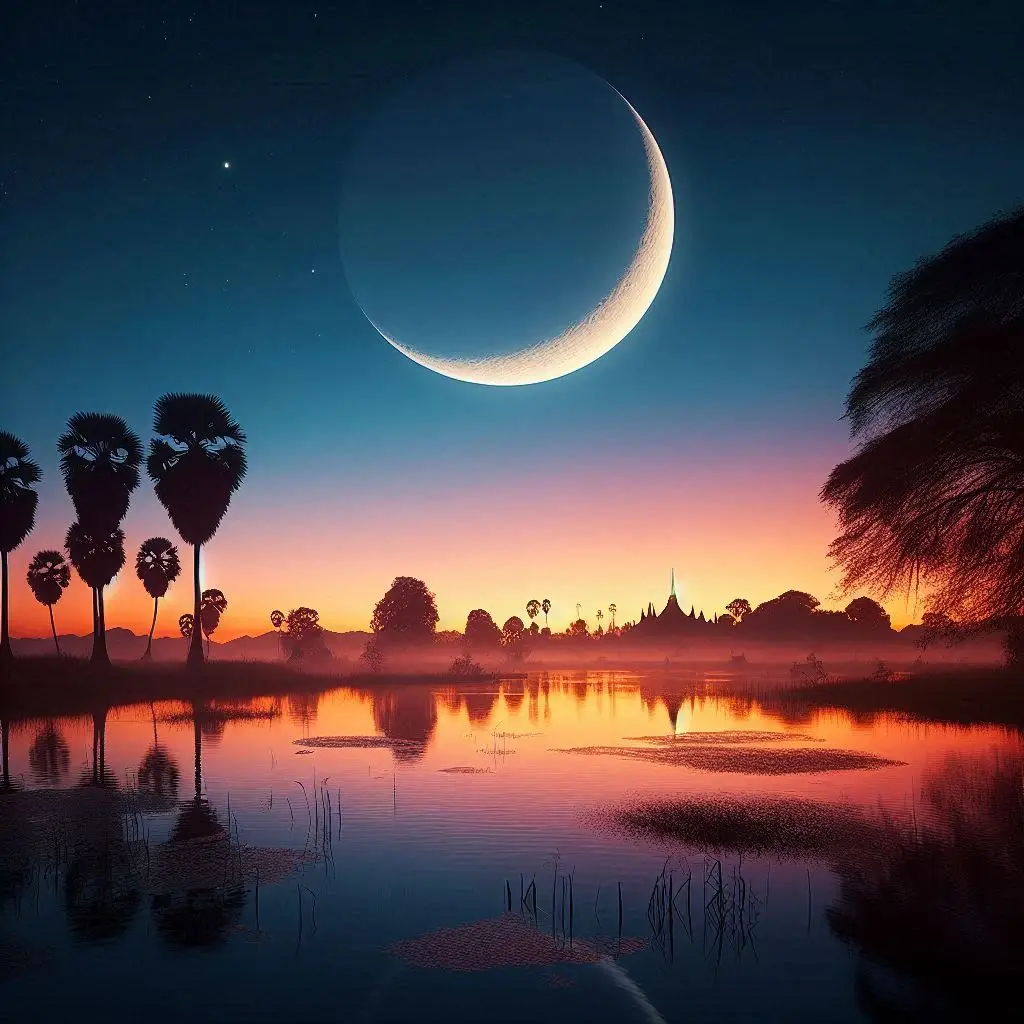
First Quarter
Approximately one week after the new moon, the moon reaches the first quarter phase. At this point, half of the moon's surface is illuminated, creating a striking half-moon shape. This phase is often seen as a time of action and decision-making, as half of the journey is complete.
Waxing Gibbous
As the moon continues its journey, it enters the waxing gibbous phase. More than half of the moon is now illuminated, but it has not yet reached its full brilliance. The waxing gibbous phase is a period of anticipation, as the full moon draws near.
Full Moon
The full moon is the most dazzling and iconic phase of the lunar cycle. The entire face of the moon is illuminated by the sun, casting a bright, silvery light across the night sky. This phase has inspired countless stories, myths, and celebrations throughout human history.
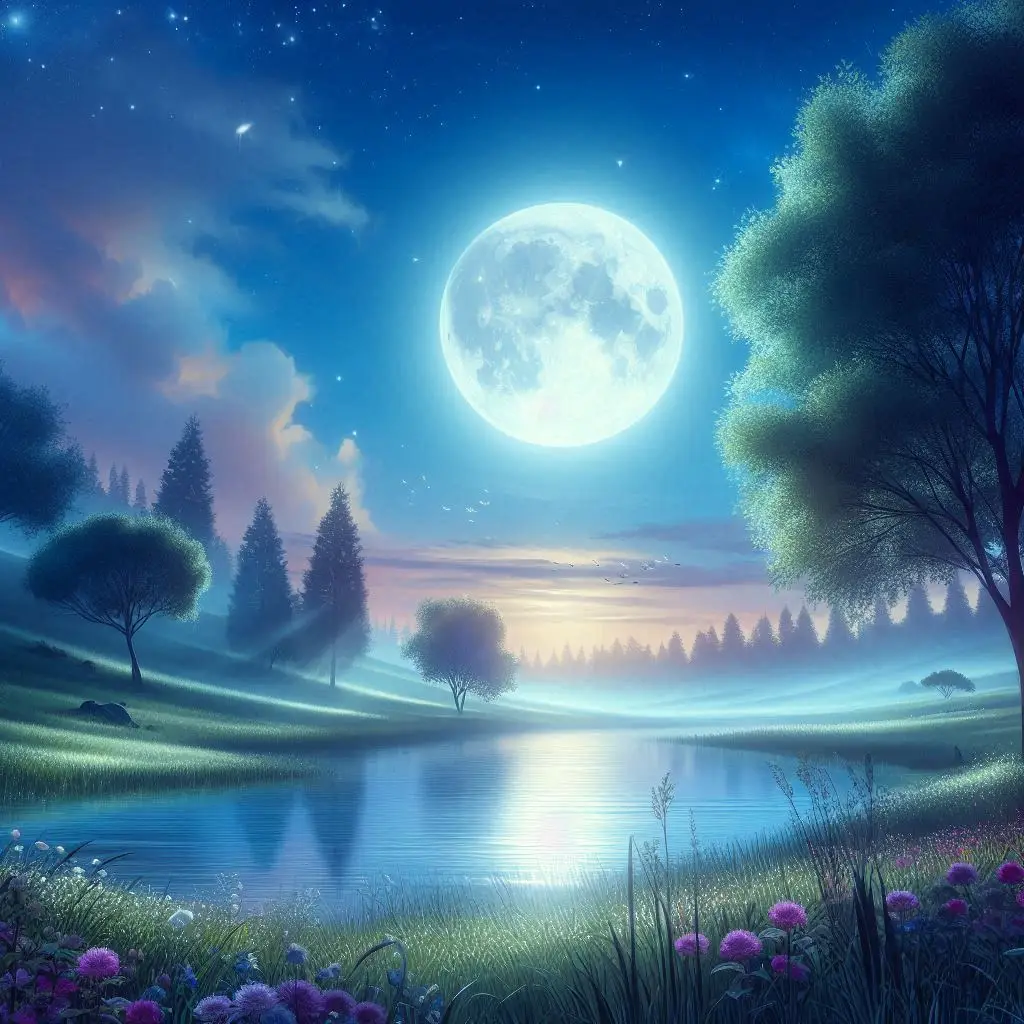
Waning Gibbous
Following the full moon, the moon begins to wane, entering the waning gibbous phase. The illuminated portion gradually decreases, signaling a time of reflection and winding down from the peak of the lunar cycle.
Last Quarter
Around three weeks after the new moon, the moon reaches the last quarter phase. Similar to the first quarter, half of the moon is illuminated, but now the opposite side is visible. This phase often represents a time of reevaluation and letting go of what is no longer needed.
Waning Crescent
The final phase of the lunar cycle is the waning crescent. A thin crescent of light remains as the moon approaches the end of its journey. This phase is associated with closure and preparation for the new moon, where the cycle will begin anew.
Observing the Moon Phases
Watching the moon as it transitions through its phases is a rewarding experience. As the moon waxes from new to full, its shape shifts from a slender crescent to a broad, glowing disc. This period, known as the waxing phase, is a time of growth and illumination. Conversely, as the moon wanes from full to new, it recedes back into darkness, symbolizing reflection and release.
The Upcoming Moon Phase in July 2024
The next significant moon phase in July 2024 is the new moon, occurring on Friday, July 5, at 6:57 p.m. EDT (2257 GMT). During this phase, the illuminated side of the moon faces away from Earth, making it nearly invisible in the sky. This new moon presents an ideal time for stargazing, as the absence of moonlight allows for clearer views of distant celestial objects.
Conclusion
The moon phases offer a mesmerizing way to connect with the cosmos and observe the passage of time. Each phase, from the new moon to the full moon and back again, carries its own significance and beauty. By understanding and observing these phases, we gain a deeper appreciation for the natural rhythms that govern our world and the universe beyond.
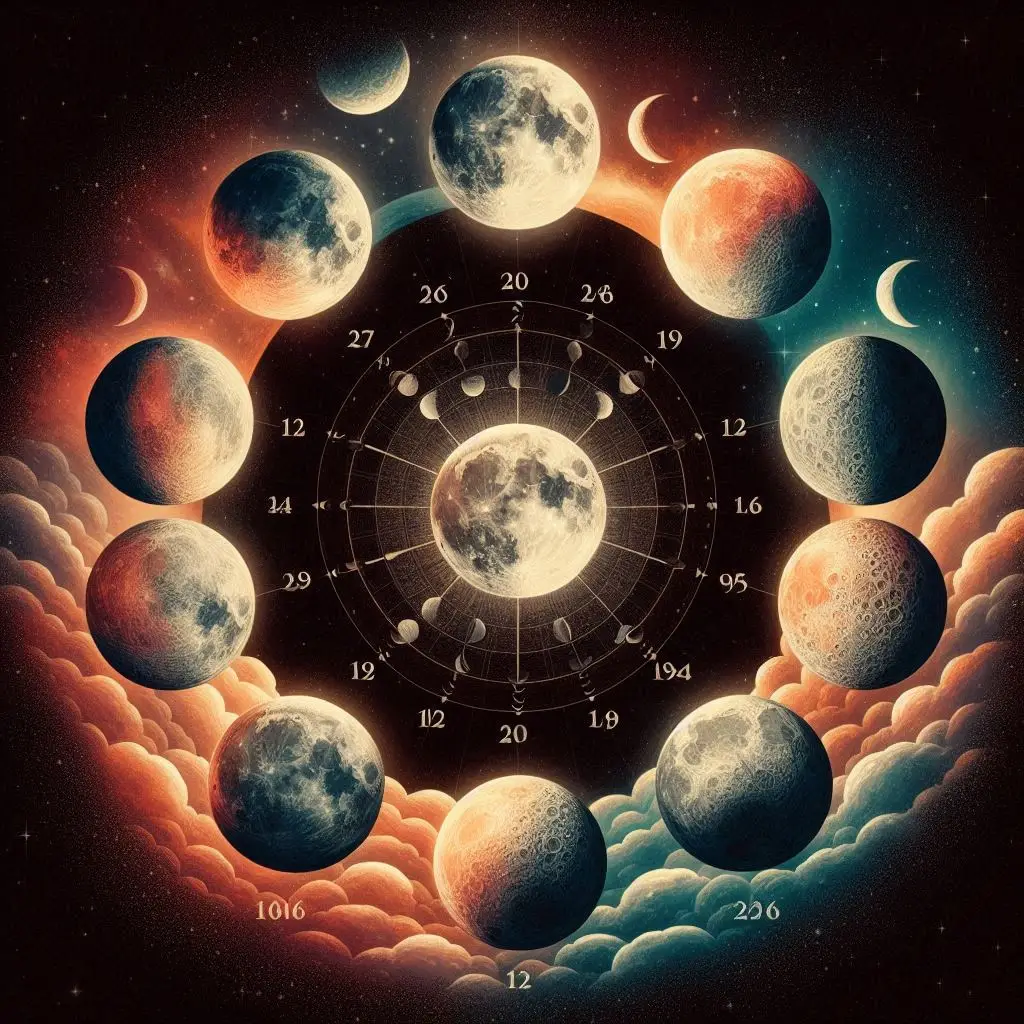
The lunar cycle is a timeless reminder of the celestial dance that shapes our night sky, inviting us to look up and marvel at the ever-changing face of the moon.

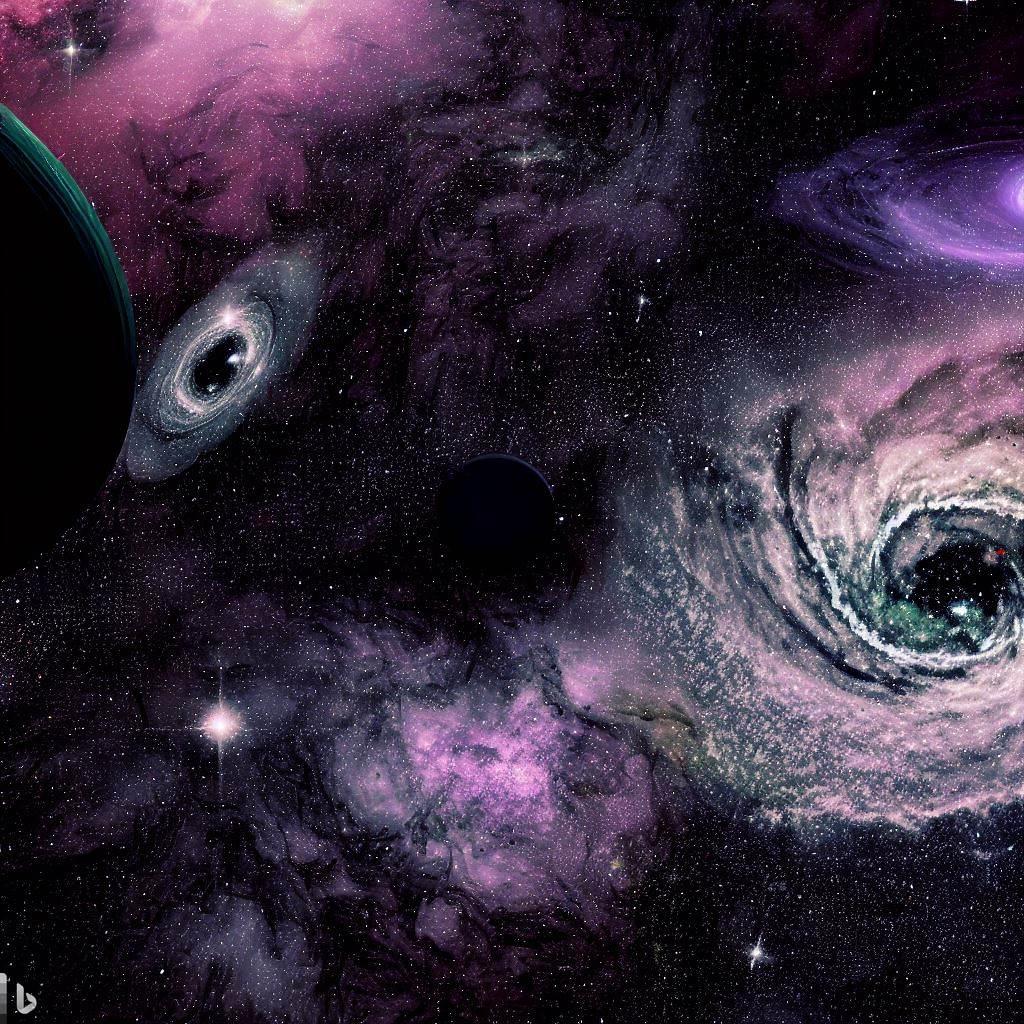
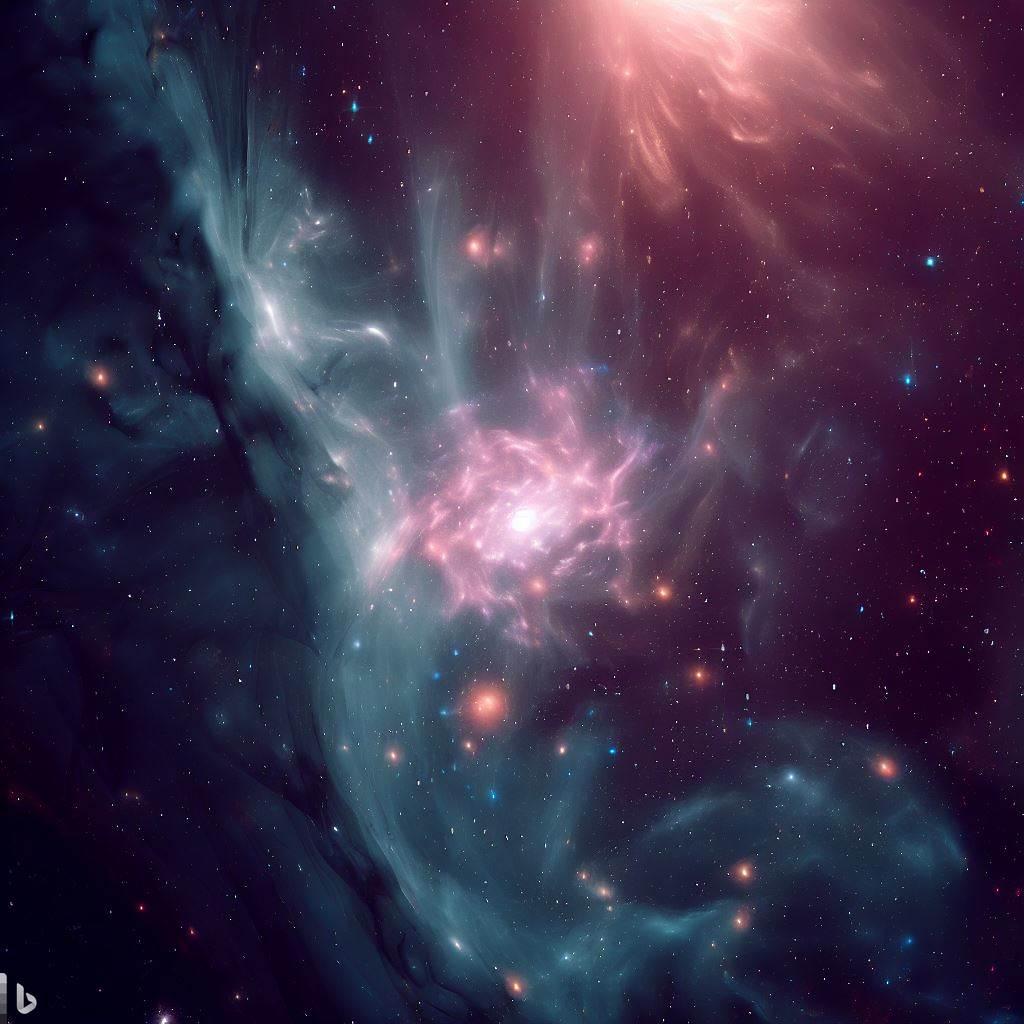
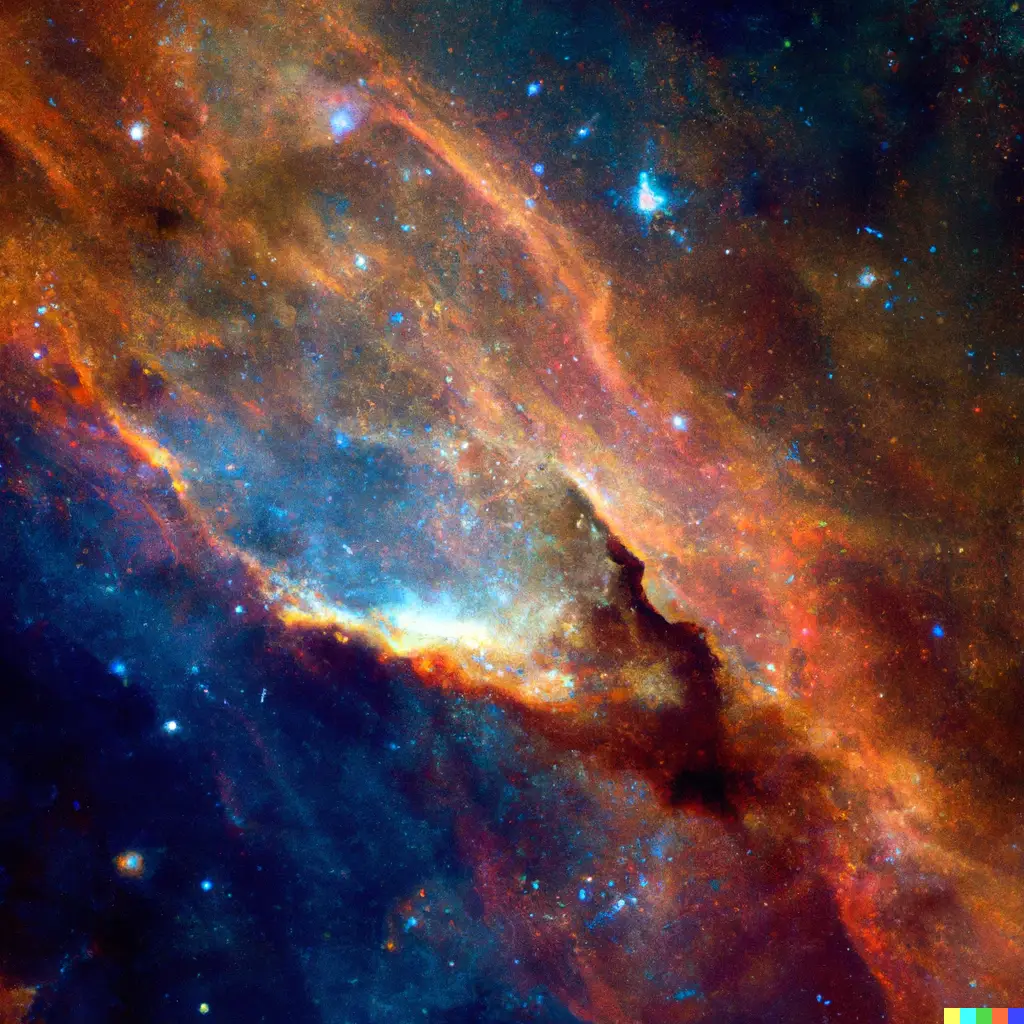

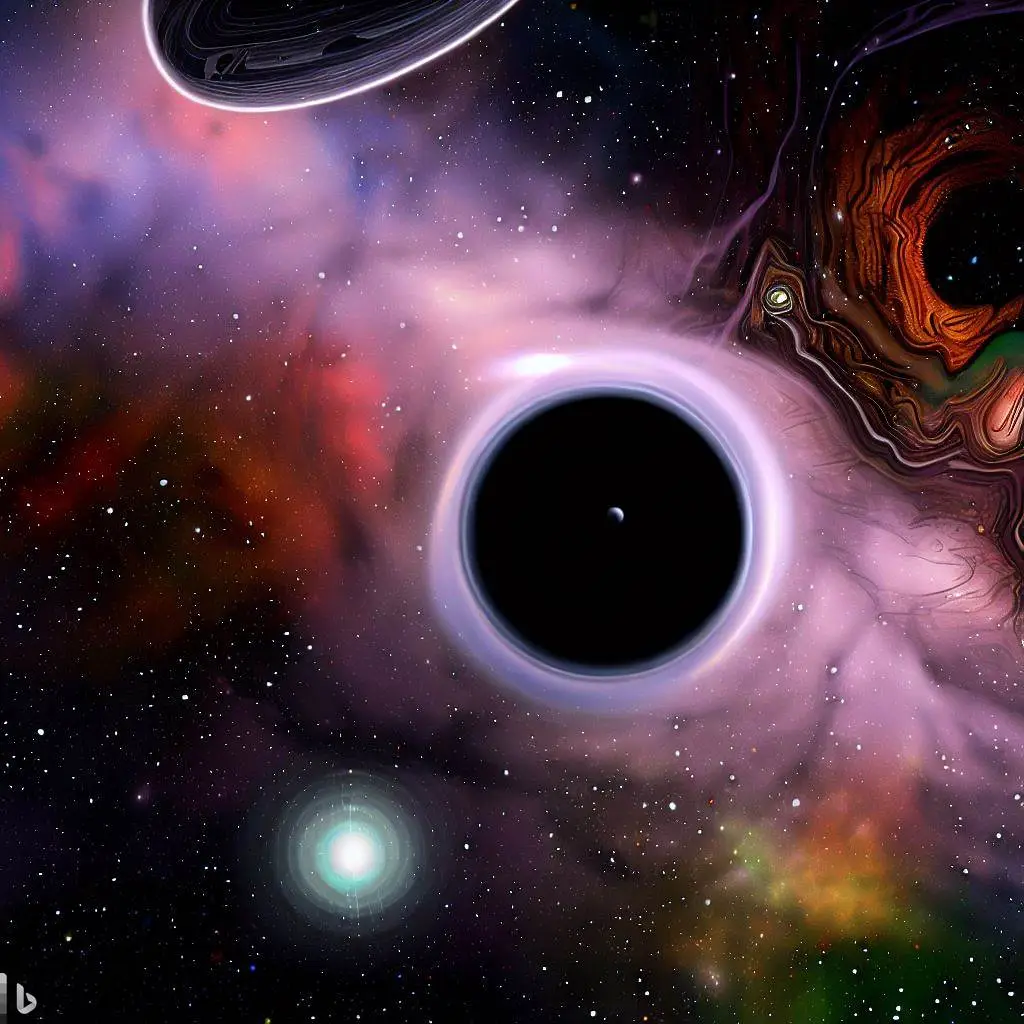
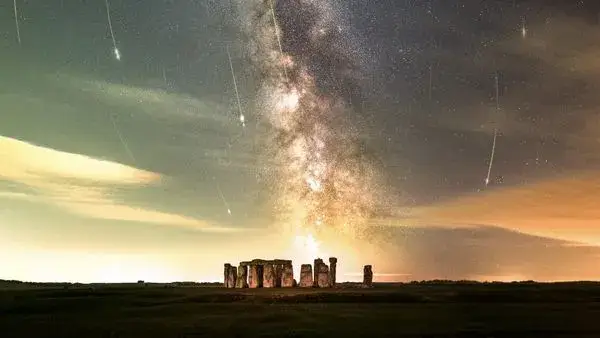


Add a Comment: